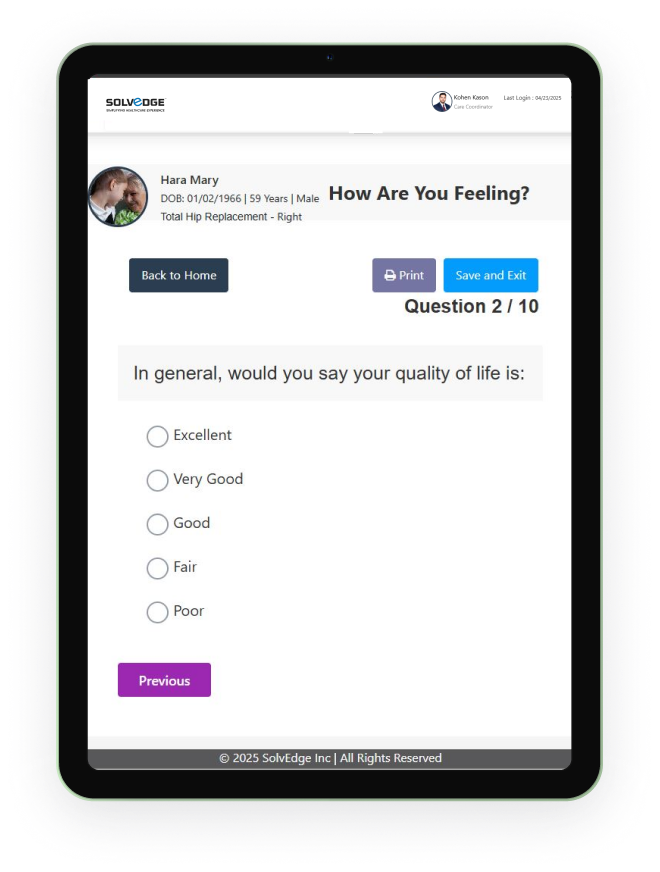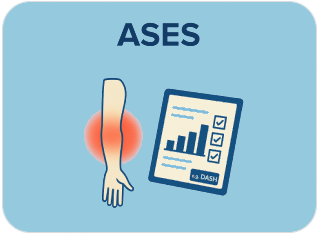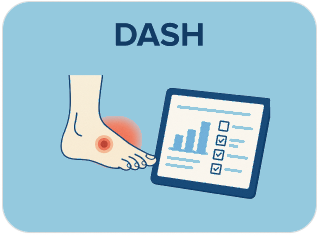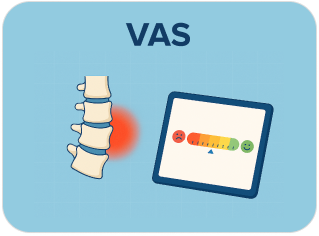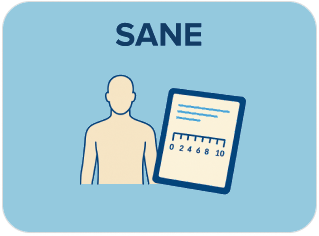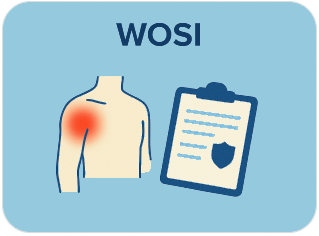Empowering Recovery Through Insight, Precision, and Patient-Centered Care
Accelerate return-to-function with labrum repair protocols grounded in validated outcomes and performance metrics.
Empowering Recovery Through Insight, Precision, and Patient-Centered Care
Accelerate return-to-function with labrum repair protocols grounded in validated outcomes and performance metrics.
Track What Really Matters
Recovery from shoulder labrum repair is complex—but measurable. With real-time access to patient-reported metrics, the care journey becomes personalized, predictive, and performance-driven. These insights equip care teams and innovation drivers with the data they need to confidently guide interventions, reduce variability, and continuously elevate the standard of care.
Powered suported by leading international healthcare service
Designed for Every Stage
Surgical repair methods for shoulder labrum injuries are evolving rapidly. Implant choices often depend on age, tissue quality, and activity level—factors that are essential in driving long-term recovery, minimizing re-injury, and ensuring durable outcomes.

Bioabsorbable Anchors
Outcome:
Frequently used for younger patients, promoting natural healing with no long-term implant residue.
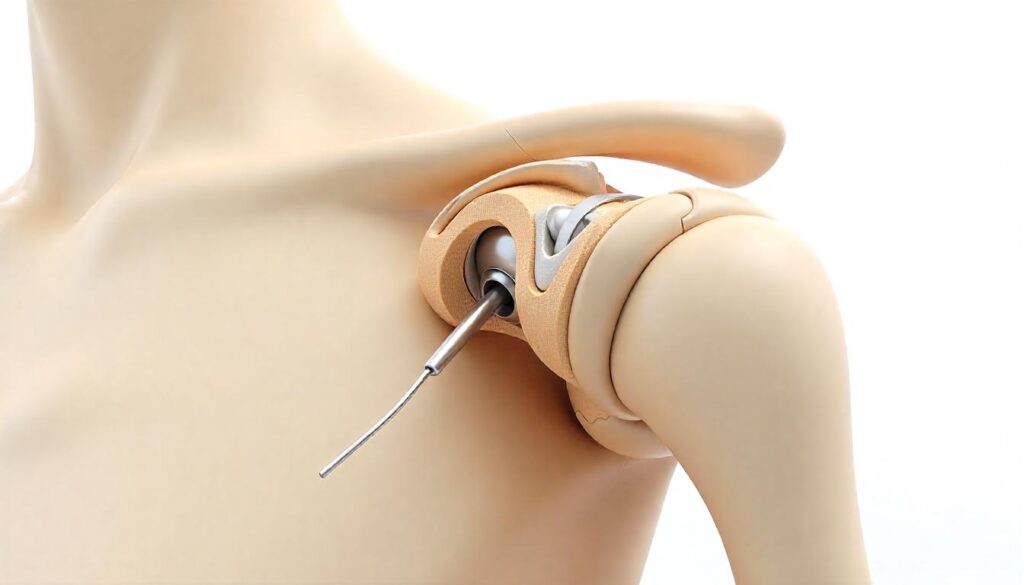
Metal Anchors
Outcome:
Preferred in adults with dense bone structures needing stable, long-lasting fixation.
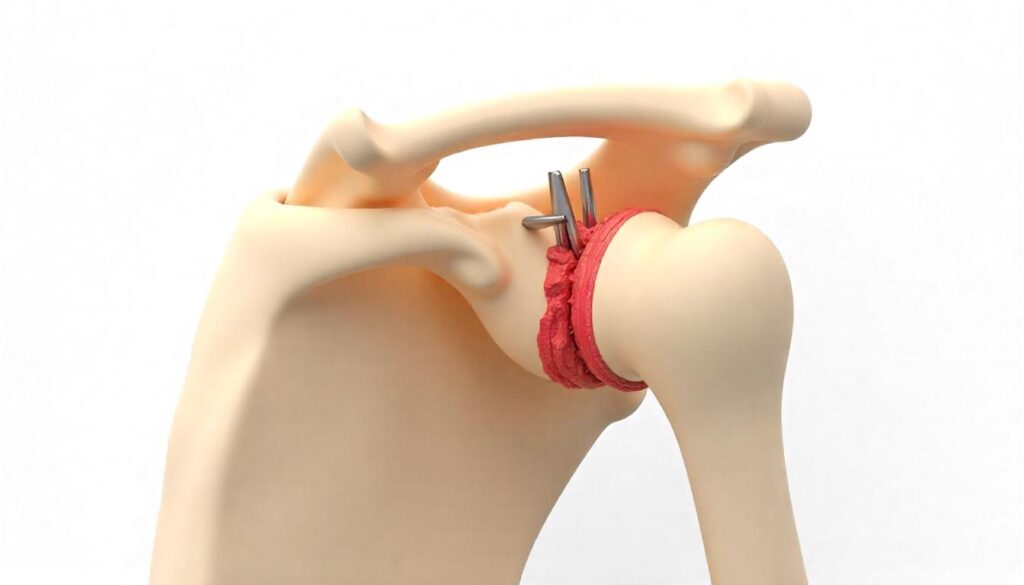
Suture-based Anchors
Outcome:
Ideal for active individuals, providing flexibility and strong reattachment in soft tissue repairs.
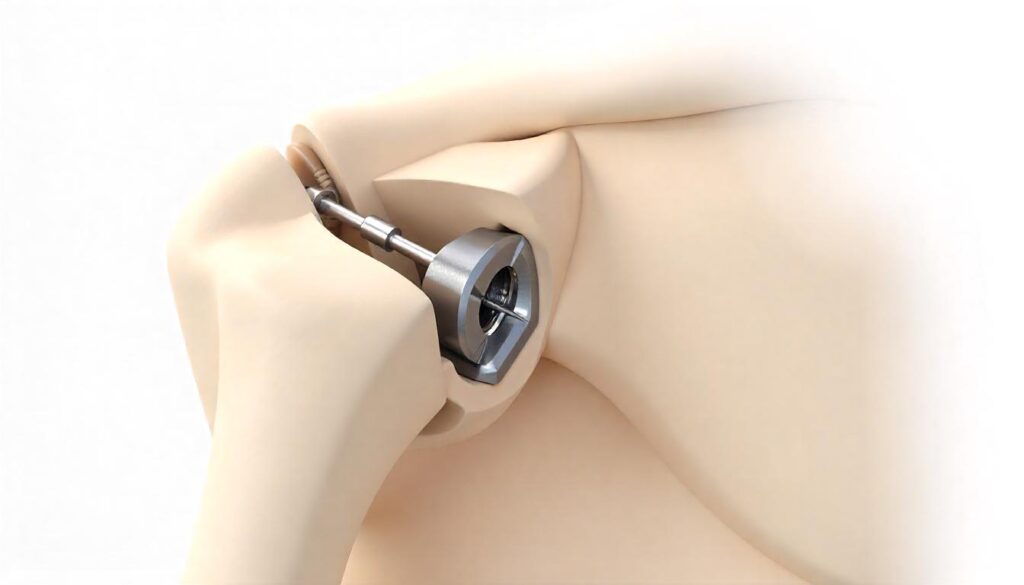
Hybrid Anchor Designs
Outcome:
Useful in aging populations with variable bone density, balancing strength and bio-integration.
Integrated for Better Recovery
When digital navigation tools align with PROMs, the path from diagnosis to discharge becomes smoother and more effective. Real-time visibility into recovery milestones enables adaptive care plans, while enhancing the patient’s sense of engagement and control.
Automated reminders and support tools
boost rehab adherence and reduce dropout rates.
PROM insights enable early detection
of complications, avoiding escalation or unnecessary interventions.
Personalized post-op guidance
improves patient confidence and understanding of their recovery roadmap.
Streamlined data
improves interdisciplinary collaboration and speeds up care adjustments as needed.
Performance benchmarking
refines implant design and treatment protocols through outcome-based feedback loops.
Accelerated adoption in clinical workflows
builds trust in emerging orthopedic technologies.
Enhanced visibility
into long-term patient impact improves product lifecycle decisions.
Evidence-based care
alignment strengthens operational and strategic collaborations across the ecosystem.
